
In March 2025, a monstrous mid-latitude cyclone raged across the United States, unleashing a cascade of extreme weather events that devastated communities and ecosystems. From choking dust storms in Texas to blizzards in the Midwest and tornadoes in the Southeast, the storm underscored the growing frequency and intensity of climate-driven disasters. Scientists warn that worsening droughts and changing weather patterns will make such events more common.
The Birth of a Monstrous Cyclone
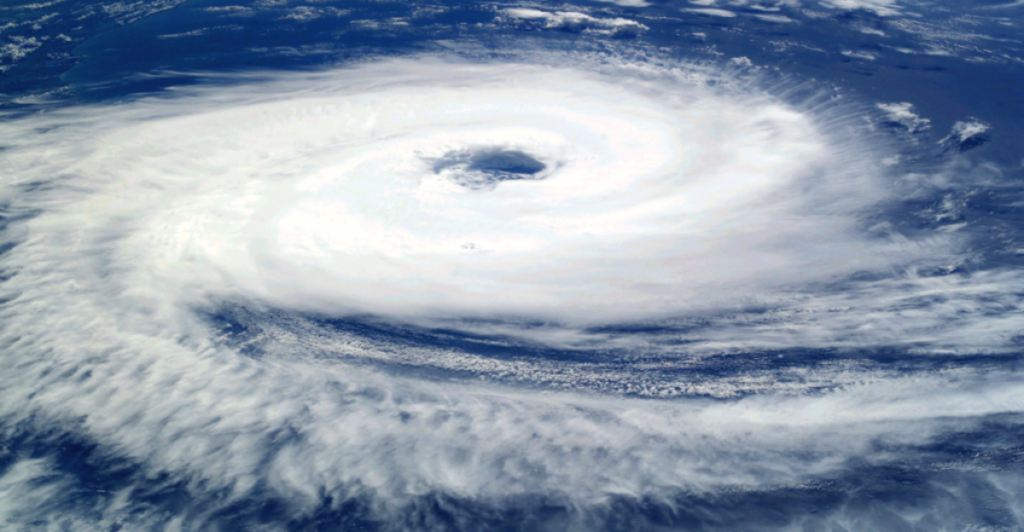
On March 3, 2025, a powerful low-pressure system formed over the southwestern United States, fueled by clashing Arctic and subtropical air masses. That dynamic collision was responsible for a huge mid-latitude cyclone that sparked wildfires, dust storms, tornadoes, blizzards, and heavy rainfall across multiple areas. The scale and intensity of the storm made it one of the most significant weather events in recent memory.
Dust Storms Cover Western Texas
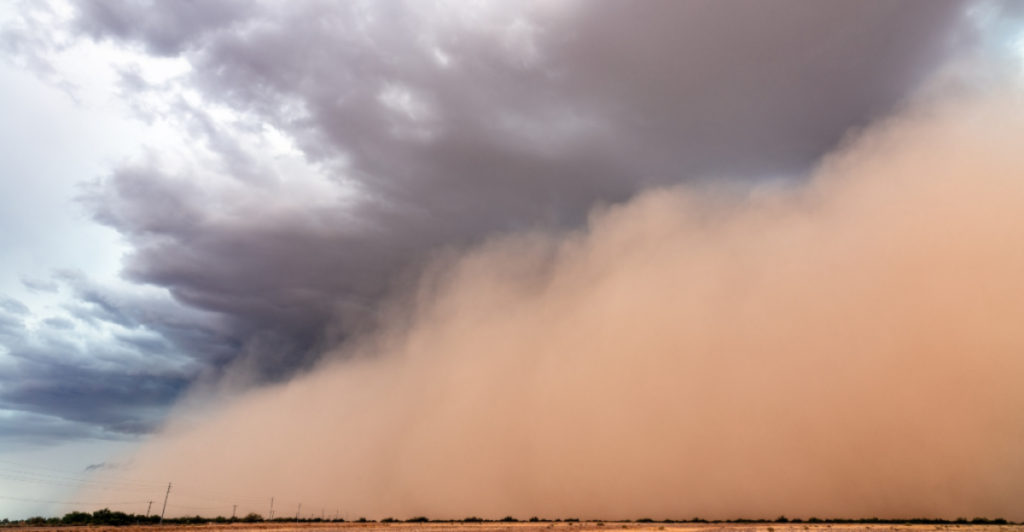
Fierce winds from the storm swept huge plumes of dust across West Texas and northern Mexico. On March 4, NASA’s Terra satellite captured striking images of thick clouds of dust originating from the Chihuahuan Deser, as well as from agricultural and industrial zones in Texas. The blinding haze covered hundreds of miles, reducing visibility to dangerous levels.
Drought Conditions Worsen the Crisis
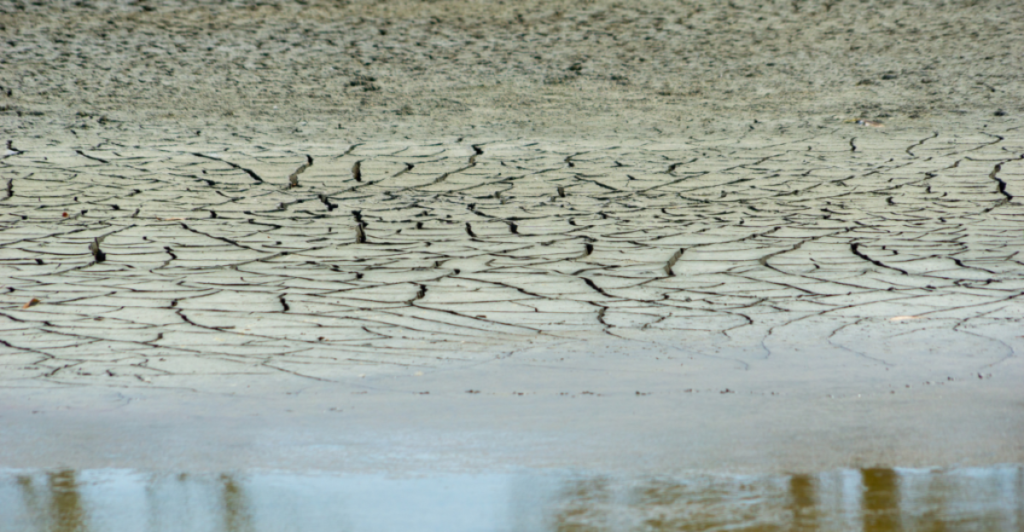
West Texas had been experiencing months of extreme drought before the storm. According to the U.S. Drought Monitor, vegetation had been dried out, and soil moisture levels in the area were critically low. Those conditions left the land vulnerable to erosion, making it possible for powerful winds to pick up huge amounts of dust and carry it into the atmosphere.
Disruptions to Daily Life
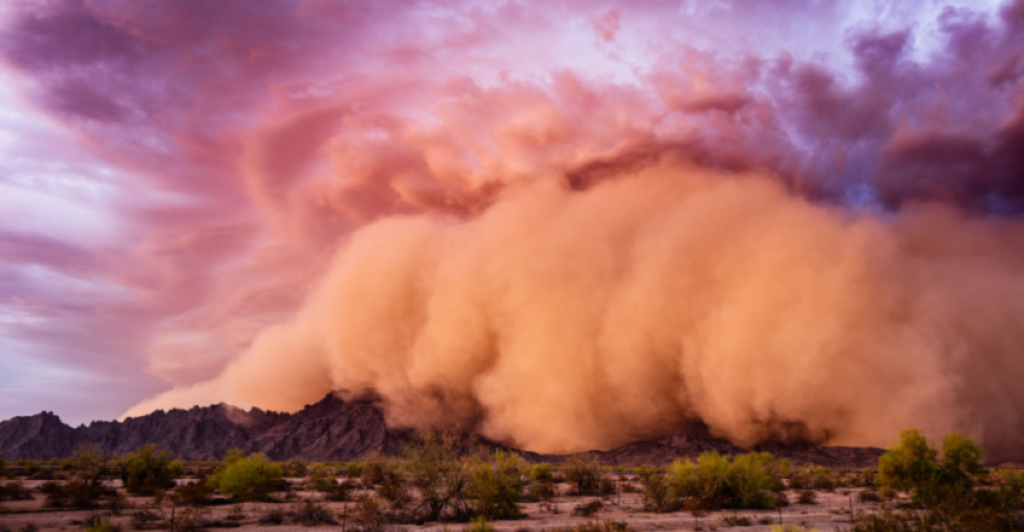
The dust storms wreaked havoc in Texas and surrounding states. Visibility dropped to near zero in some parts, causing a 21-car pileup near Roswell, New Mexico. Hundreds of flights had been canceled at Dallas-Fort Worth International Airport, while school districts from Lubbock to Odessa shut down as hazardous conditions persisted. Residents described otherworldly red and orange skylines as huge plumes of dust darkened the sun.
The Impact on Wildlife

The extreme weather caused by the cyclone had catastrophic impacts on wildlife in much of the affected areas. High winds and flooding destroyed habitats, leaving many animals without shelter or food sources. Birds may have been displaced from nests or forced into urban areas searching for safety, while land animals were at heightened risk of injury from debris carried by the wind. Food shortages also grew critical as the storm’s intensity disrupted natural resources.
Dust Storms: Why They Happen and Where They Occur

Natural desert erosion contributed to about 60% of the dust particles that were lifted into the air during the storm, said Santiago Gasso, an atmospheric scientist at the University of Maryland. The other 40% originated from human activity like farming and industrial operations that disrupted topsoil. Gasso cautioned that these events are occurring with greater frequency as the region suffers from prolonged droughts.
An Increasing Trend of Extreme Weather
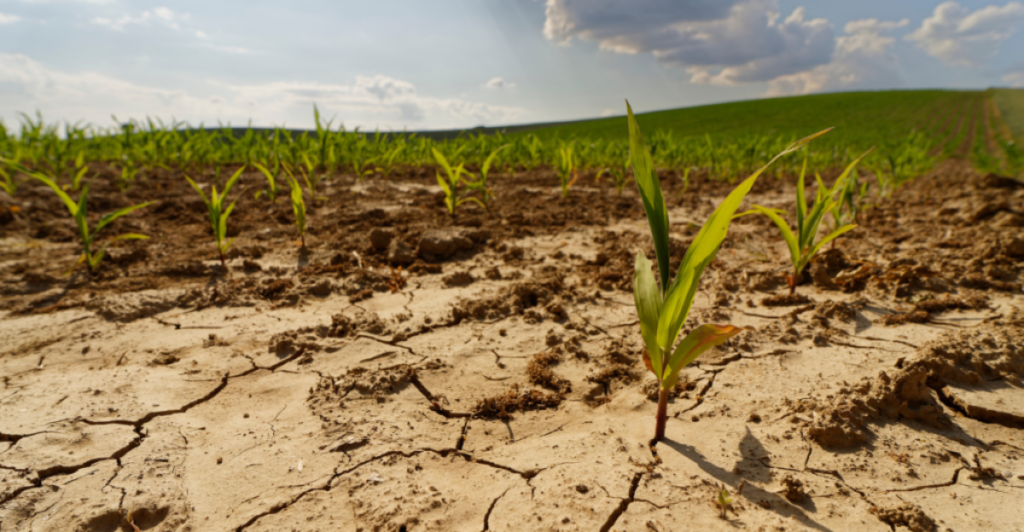
Dry seasons in the southwestern United States have increased by more than a month since 2000, according to data from NOAA. This trend is only going to get worse, Gasso warned: “What we’re seeing isn’t an anomaly—it’s becoming the new baseline.” He warned that annual dust storm frequency could triple by 2040 should climate trends persevere without intervention.
How NASA Is Tracking the Storm
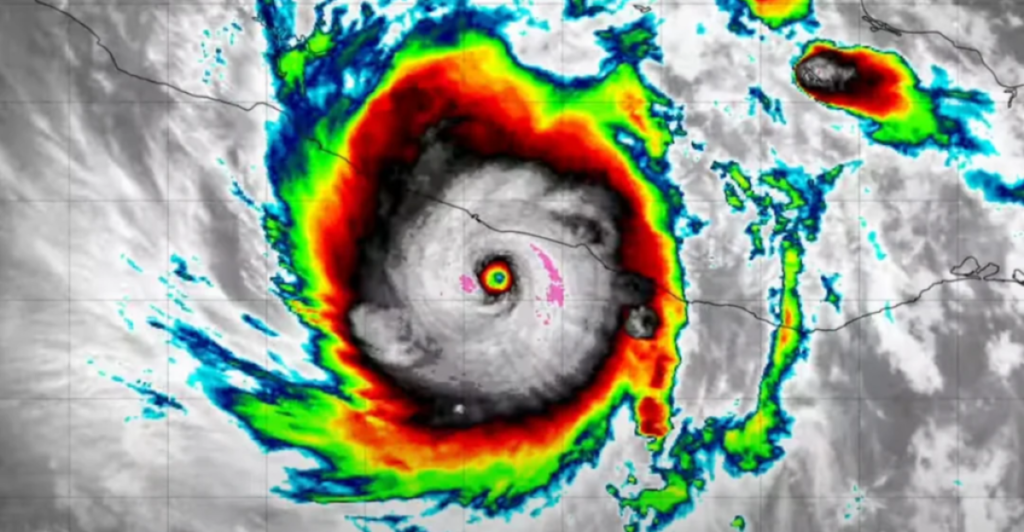
NASA is a key player in monitoring the storm through its fleet of Earth observation satellites. The Terra satellite offered real-time imagery of dust plumes, while GOES-19 provided minute-by-minute updates on the storm’s conditions. Additionally, NASA’s Short-term Prediction Research and Transition Center (SPoRT) provided emergency responders with local data on wind speeds, air quality, and rainfall.
Advances in Aerosol Detection Technology
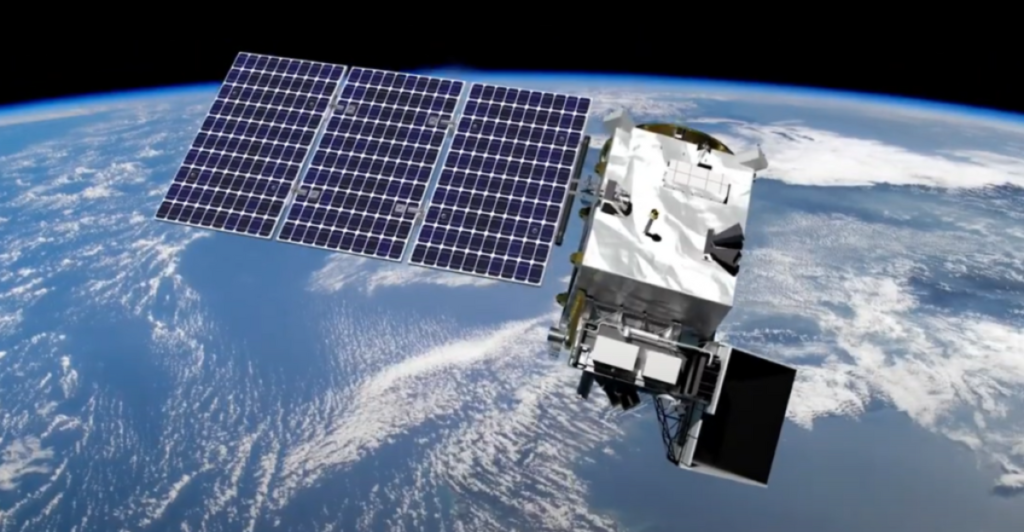
One such breakthrough during this event was made by NOAA’s experimental AerosolWatch algorithm. Through a combination of data from NASA’s TEMPO (the Tropospheric Emissions: Monitoring of Pollution satellite) mission and observations from GOES-19, scientists now have the ability to distinguish between dust and smoke with unprecedented accuracy. This innovation is crucial to understanding how air quality impacts during complex weather events, such as this cyclone.
The Power of Multi-Satellite Monitoring
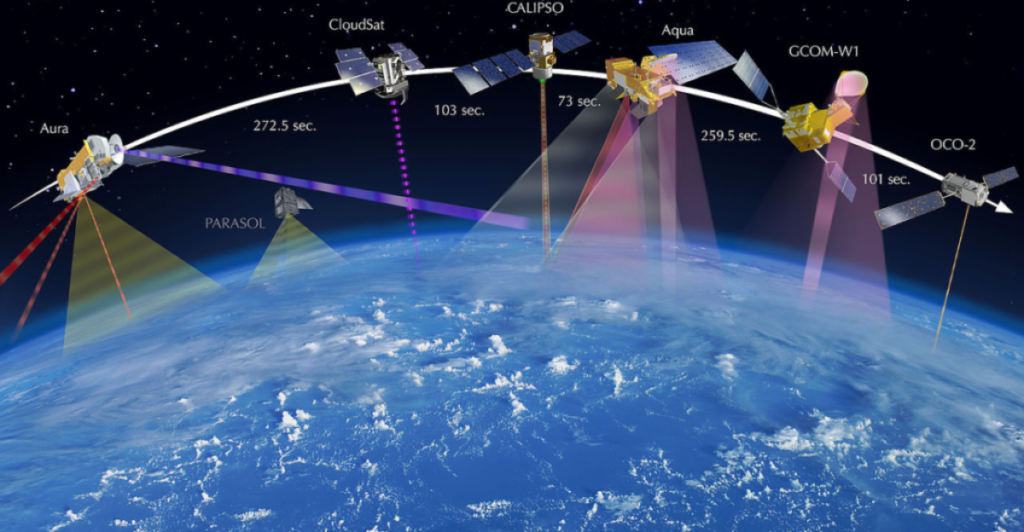
By combining the data from multiple satellites, scientists were able to monitor atmospheric conditions more accurately than ever before. Comparing observations from TEMPO and the geostationary satellite called GOES-19, researchers could track shifts in dust concentration through time and space, providing key insight into the evolution of these plumes over the course of the storm.
Infrastructure Weaknesses Revealed

The disaster exposed significant weaknesses in regional infrastructure. Many hospitals in West Texas did not have sealed ventilation systems that could filter out harmful particulates from the air. Roads lacked proper dust mitigation barriers, making it difficult to drive. Even emergency broadcast systems did not work in some regions, depriving residents of critical safety information.
Nationwide Imapcts Beyond Texas

As Texas choked under dust storms, other parts of the country were succumbing to their own weather disasters unleashed by the cyclone. There were 14 confirmed tornadoes of EF2 to EF3 intensity across the Southeast. In the Great Plains, blizzards dumped up to 18 inches of snow, while heavy rains in the Northeast caused flash flooding in cities.
Preparing for Future Climate Challenges
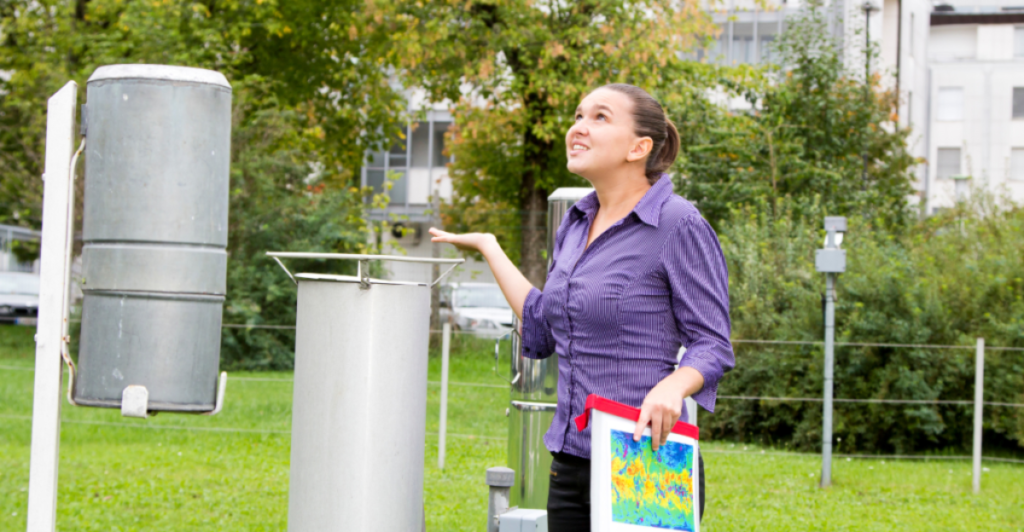
Meteorologists are urging Policymakers to take proactive and preventive steps to address these looming climate threats. Among its recommendations are adopting drought-resistant land management practices, investing in early warning systems powered by satellite data, and updating building codes to improve air filtration systems in vulnerable areas. As Gasso put it: “This storm was not just an isolated event — it’s a warning sign for what lies ahead.”
A Wake-Up Call for Climate Resilience
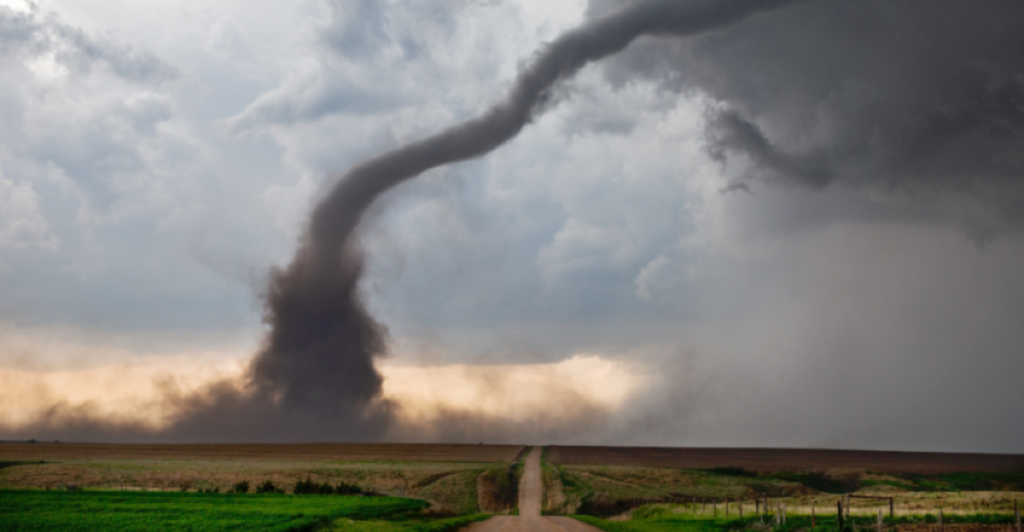
The cyclone at the beginning of March 2025 is a stark reminder of how interconnected climate challenges can exacerbate each other. From wildfires to dust storms to tornadoes, this single event demonstrated just how fragile our systems are in the face of compounding disasters. While advances in technology can provide important tools to monitor and respond to these events, there is an urgent need for systemic investments in resilience to protect both people and ecosystems from an uncertain future.
Explore more of our trending stories and hit Follow to keep them coming to your feed!

Don’t miss out on more stories like this! Hit the Follow button at the top of this article to stay updated with the latest news. Share your thoughts in the comments—we’d love to hear from you!







